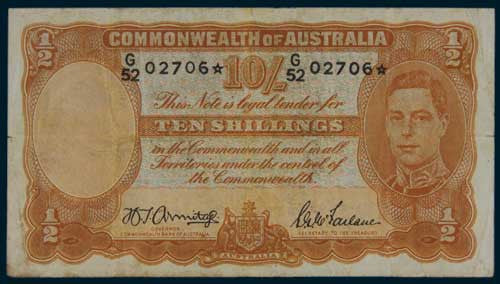The Holey Dollar was a remarkable type of coin - or a way of producing coins - which the British resorted to in order to produce unique currencies for two colonies: Prince Edward Island and New South Wales.
In both cases the governors of the colonies responded to shortages in currency by taking Spanish Dollars, first minted at the end of the 15th century, and punching the centre out.
The resulting 'holey dollar' and 'dump' (the outer part and centre respectively) were both used as coins, with additional markings to indicate they were part of a new currency. The New South Wales version, first created in 1813, was the first currency created for use in Australia alone.
 1813 Australian Holey Dollar coin (Mexico City base) |
The peculiar coins began to be replaced by sterling in 1822 - though a handful are still in circulation.
Tomorrow, a three day auction of coins, medals and banknotes in Melbourne, Australia by Noble Numismatics Pty is headed by two exceptional examples of the genre:
Both from 1813 and struck on Carolus IIII eight reales pieces, they are struck alternately at Mexico City and Lima mints.
The Lima mint coin is based on a host coin fine/good fine condition with very fine countermarks: it carries an impressive listing of A$80,000 (US$71,600). But it is the Mexico City coin which aims to be the top lot in the whole auction with an estimate of A$120,000.
 Ten shilling Australian note from 1942 (est: A$75,000) |
Notaphilists will also want to pay careful attention to the auction, which offers a ten shilling note (Armitage/McFarlane) from 1942 and a Cerutty/Collins (1918) five pound note, both in attractive condition and expected to bring high five-figure sums.
Watch this space for the results of the sale.
- Learn how you can get pleasure and profit from investment in rare coins
- Click here for all the latest Coins and Banknotes news
Join our readers in 185 countries around the world - sign up for your free weekly Collectibles Newsletter today






